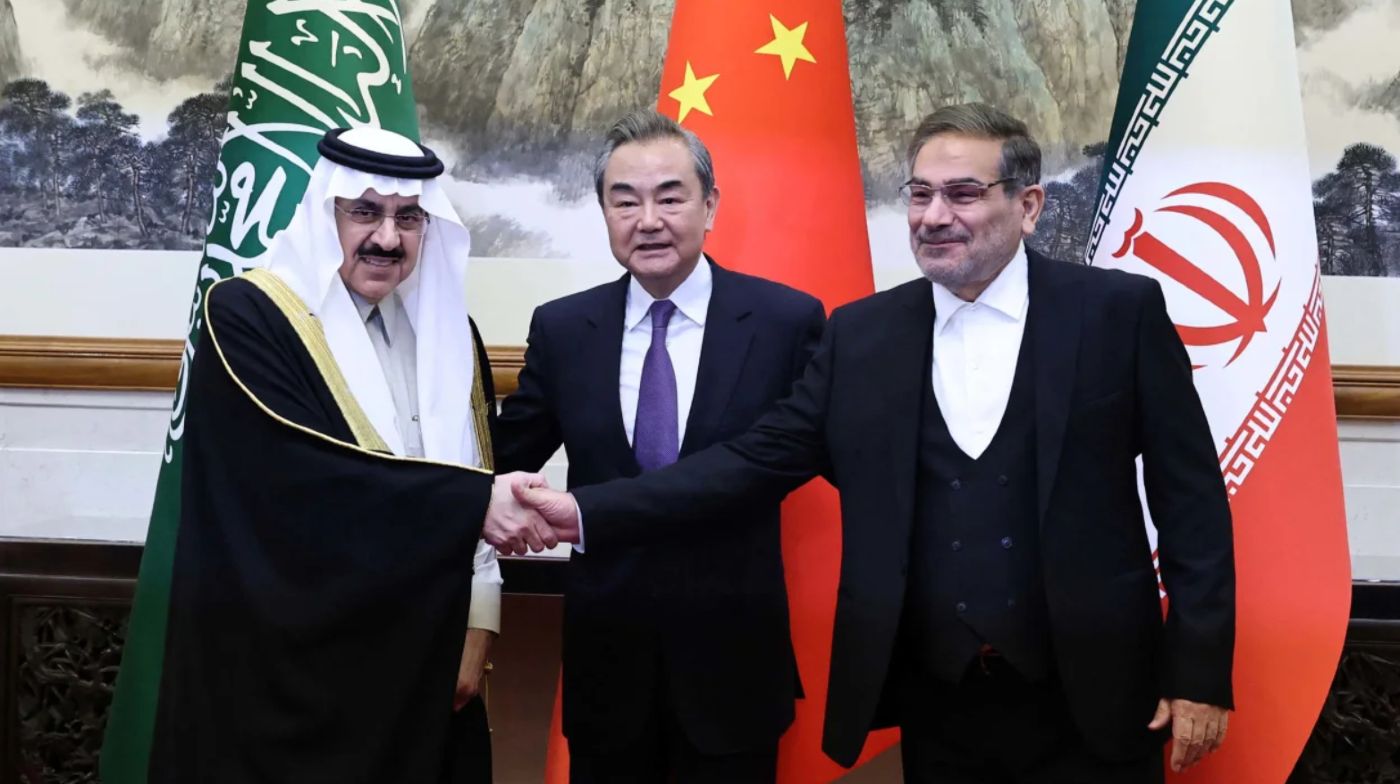The first scholar to use the term “Indo-Pacific” was the German geopolitician Karl Haushofer in his work Geopolitics of the Pacific Ocean (1924). “The ‘Indo-Pacific’ region lies at the heart of India’s foreign and security policy,” stated India’s Prime Minister Narendra in his Shangri La speech on June 1, 2018
In 2017, the United States adopted the concept and translated it into the three pillars of security, economics, and governance. “While West Asia had captured the US’s attention and resources in the past, today it is the Indo-Pacific, with its economic heft and pivotal role in global security, that is getting Washington’s attention,” wrote the ORF of 21 September 2021 in an article titled ‘In Defence of the ‘Indo-Pacific’ Concept.’
The trigger for the “Indo-Pacific” coinage was China’s increasing politico-military assertiveness and the ensuing enunciation of China’s “String of Pearls” strategy in 2005 by a U.S. think-tank. Apprehensive of China’s expansionist designs, in 2006, India and Japan began sharing strategic assessments.
A few months later, in August 2007, Japanese Prime Minister Shinzo Abe addressed the Indian Parliament, speaking of the “Confluence of the Indian and Pacific Oceans.”
US & The Middle East
In addition to its pivotal geographic location in the world, the abundance of oil in the Middle East has probably played a crucial role in Middle East politics. The United States needed Middle Eastern oil, and Middle Eastern nations needed Western capital and technology. This became the motivating force for them to build an understanding.
U.S. goods and services trade with the Middle East totaled an estimated $212.0 billion in 2022. Exports were $103.6 billion; imports were $108.5 billion. The U.S. goods and services trade deficit with the Middle East was $4.9 billion in 2022.
As of 2023, the U.S. has diplomatic relations with every country in the Middle East except for Iran, with whom relations were severed after the 1979 Islamic Revolution, and Syria, with whom relations were suspended in 2012 following the outbreak of the Syrian Civil War.
Anti-China Build-Up
In the last two decades, the US gradually increased pressure on China by strengthening its Indo-Pacific initiative. First came the Quad-4, of which India is also a member — followed by a more specific invasive enterprise called AUKUS.
Some believe that the US created AUKUS because it was not happy with India’s declining to use Quad-4 as an arm-twisting instrument against China. Under AUKUS, Australia will be acquiring nuclear-powered submarines and enhance joint capabilities and interoperability.
This is followed by the recently created Squad alliance, formed by the United States in collaboration with Japan, Australia, and the Philippines. Again, some commentators believe that Quad-4’s importance was subtlely shifted from India to the Philippines. The alliance aims to counter China’s growing influence and assertive actions in the Indo-Pacific region.
Enter China
Three reasons can be assumed for China’s heightened engagement in the Middle East in the last decade. These are America’s apparent withdrawal from the region, the Arab Spring with the potential to destabilize West Asian states, and the opening of a region to Chinese influence and strategy that is no less strategic in comparison to the Indo-Pacific.
China has carefully developed a balanced policy based on developmental initiatives. Beijing has avoided falling into a Middle East political mess, as was the case with the US, thus winning the goodwill of people who matter.
Beijing’s mediation with Iran and Saudi Arabia has immensely strengthened its credibility. In the realm of the Palestinian issue, President Xi has already said that creating two states is the only viable solution to the problem.

As China’s stature has grown in the international political sphere, Beijing is better equipped to challenge the US in the Middle East after creating a strong, friendly constituency in the region.
With the Belt and Road Initiative, Beijing has been the primary foreign investor in the Middle East since 2016. Apart from the energy sector, China has expanded its engagement, including infrastructure projects in Saudi Arabia, the UAE, and Qatar. Smart city initiatives, innovation hubs, and 5G mobile networks are extended not only to Arab states but also to Iran and Israel.
The Middle East has reasons to be disillusioned with US policies like the 2003 Iraq invasion, Arab Spring, withdrawal from Afghanistan, stalled Iran nuclear agreement, and Gaza war.
Middle East leadership considers China a more reliable partner. The UAE and Saudi Arabia, in particular, align with China’s technological advancements through its “digital silk road” and aspire to become global leaders in technology and innovation.
China’s trade with the six-member bloc of Gulf Cooperation has surged from US$10 billion in 2000 to US$230 billion in 2021. China’s ability to provide infrastructure, technology, and trade without political or human rights demands is particularly attractive.
China’s suave diplomacy in the Middle East is evident in its development of a partnership with Israel, another key US ally. Bilateral trade reached a record US$21 billion in 2022, and Chinese companies have engaged in around 500 investment deals with Israel over the past decade, predominantly in the technology sector.
Besides developing military strength, China has acquired versatility in regional and global diplomacy and poses a challenge to the monopolization of power and influence. In other words, China is steadily reinforcing its philosophy of multilateralism.
- Prof. KN Pandita (Padma Shri) is the former director of the Center of Central Asian Studies at Kashmir University.
- This article contains the author’s personal views and does not represent EurAsian Times’ policies/views/opinions in any way.
- The author can be reached at knp627 (at) gmail.com





